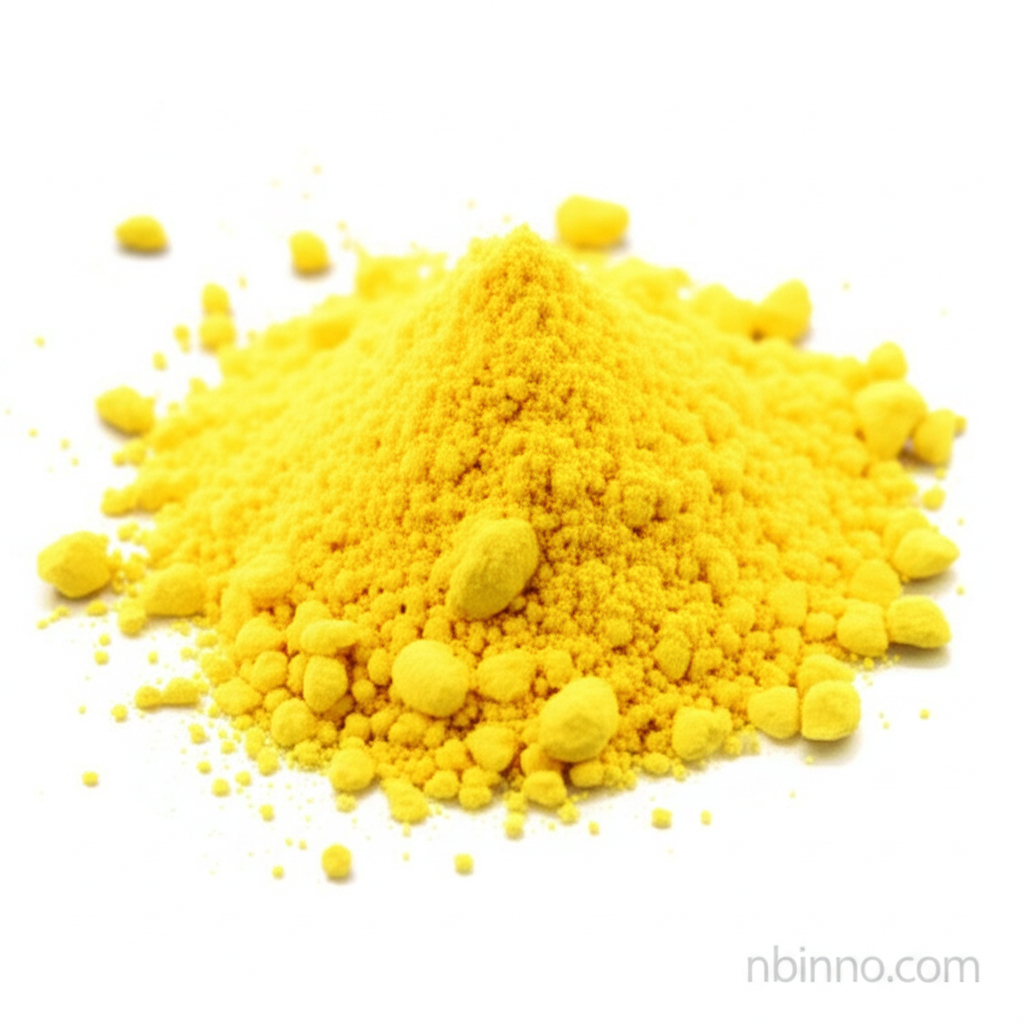Proflavine Sulfate: A Comprehensive Guide to its Properties, Applications, and Research Significance
Discover the multifaceted utility of Proflavine sulfate, a key compound in organic synthesis and biological research.
Get a Quote & SampleProduct Core Value

Proflavine Sulfate
Proflavine sulfate, a vital organic intermediate, is recognized for its yellow needle crystal appearance and molecular formula C13H11N3.H2O4S. It plays a crucial role as a reducing agent and dehydrating agent in the complex synthesis of various organic molecules, including pharmaceuticals, pesticides, and dyes.
- Explore the antiviral potential of Proflavine sulfate against viral infections, a growing area of scientific interest.
- Understand the Proflavine sulfate cell staining capabilities, making it invaluable for cytological research and diagnostics.
- Delve into Proflavine sulfate DNA studies, as its ability to intercalate with DNA offers insights into genetic mechanisms.
- Learn about Proflavine sulfate drug development applications, leveraging its unique chemical properties.
Advantages Provided by Proflavine Sulfate
Versatile Synthetic Reagent
Proflavine sulfate serves as a crucial reducing agent and dehydrating agent, facilitating the synthesis of complex organic molecules across various industries.
Biological Research Tool
Its utility as a fluorescent dye for cytological research and its role as a coenzyme in redox reactions highlight its importance in biological studies.
Antiseptic and Mutagenic Properties
Proflavine sulfate exhibits topical antiseptic properties and is known for its mutagenic effects, which are significant considerations in its application and handling.
Key Applications
Organic Synthesis
Utilized as a reducing agent and dehydrating agent in the synthesis of drugs, pesticides, and dyes, contributing to the production of essential chemicals.
Biological Research
Employed as a coenzyme in redox reactions and as a fluorescent dye for cytological examinations, aiding in scientific discovery.
Medical and Veterinary Use
Historically used as a topical antiseptic for wound treatment and in veterinary medicine for treating infections.
Potential Antiviral Agent
Investigated for its antiviral properties, showing promise in research against certain viral strains.
